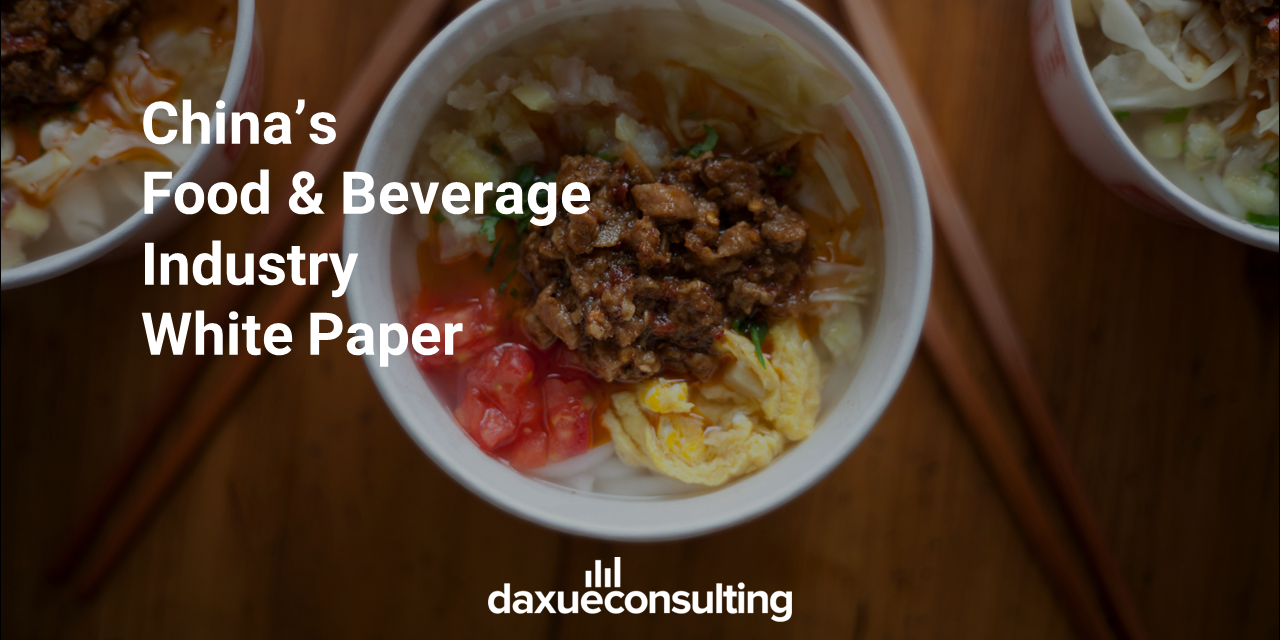The shifting dynamics of Chinese dietary habits reflect a complex blend of socio-economic and cultural influences. With rising prosperity and heightened health awareness, consumers are increasingly valuing quality and freshness in their food choices, driving a trend toward premiumization. This shift extends to beverages, where the burgeoning popularity of healthier options and the coffee craze among the urban Gen Z population are reshaping consumption patterns. Additionally, while baijiu remains dominant in the spirits market, there’s a noticeable diversification in alcoholic beverage preferences, especially among younger demographics who are gravitating towards cocktails as symbols of indulgence and personal expression.
This white paper aims to explore the evolving landscape of Chinese dietary habits and its implications for businesses in the food and beverage sector.
Download the China F&B industry white paper now
Some key findings from our white paper
- Understanding diverse health beliefs among Chinese consumers is crucial for brands to target specific tribes and promote relevant food aspects.
- Pairing products in China’s F&B scene is significant, with coffee appealing to fitness enthusiasts and alcohol linked to home social gatherings, enabling tailored marketing strategies.
- Chinese consumers are adventurous in exploring new F&B options, evidenced by their willingness to try unconventional coffee pairings like cilantro or meat, creating opportunities for co-branding and flavor innovation.
- Dining out in China is experiential, with restaurants thriving by catering to diverse consumer needs and leveraging technology, social media, and exclusivity to expand.
- Convenience drives the appeal of instant and fast food in China, transcending price considerations, with both budget-conscious and high-income consumers seeking quick dining options, thus opening opportunities for upscale choices from local and international brands.





